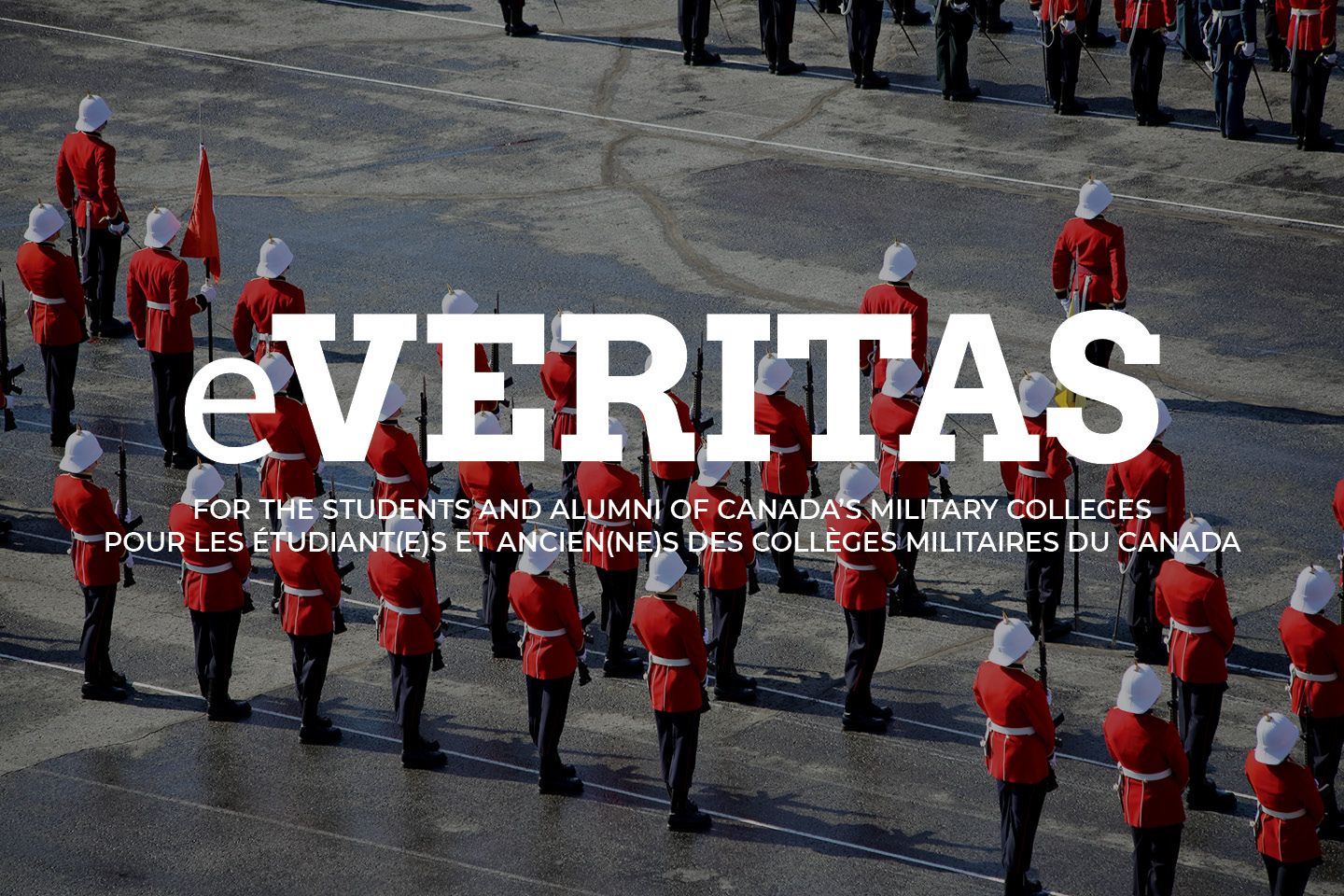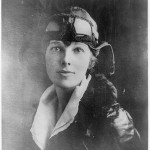
Morale Building Quotes from Amelia Earhart:

“Women, like men, should try to do the impossible. And when they fail, their failure should be a challenge to others.”
“Courage is the price life exacts for granting peace.”
“There are two kinds of stones, as everyone knows, one of which rolls.”
“The more one does and sees and feels, the more one is able to do, and the more genuine may be one’s appreciation of fundamental things like home, and love, and understanding companionship.”
MORE…
Aviator Amelia Earhart was born on July 24, 1897 in Atchison, Kansas. In 1923, Earhart, fondly known as “Lady Lindy,” became the 16th woman to be issued a pilot’s license. She had several notable flights, becoming the first woman to fly across the Atlantic Ocean in 1928, as well as the first person to fly over both the Atlantic and Pacific. In 1937, she mysteriously disappeared while trying to circumnavigate the globe from the equator. Since then, several theories have formed regarding Earhart’s last days, many of which have been connected to various artefacts that have been found on Pacific islands—including clothing, tools and, more recently, freckle cream. Earhart was legally declared dead in 1939.
Amelia Earhart was born on July 24, 1897 in Atchison, Kansas, in America’s heartland. She spent much of her early childhood in the upper-middle class household of her maternal grandparents. Amelia’s mother, Amelia “Amy” Otis, married a man who showed much promise, but had never been able to break the bonds of alcohol. Edwin Earhart was on a constant search to establish his career and put the family on a firm financial foundation. When the situation got bad, Amy would shuttle Amelia and her sister Muriel to their grandparents’ home. There they sought out adventures, exploring the neighbourhood, climbing trees, hunting for rats, and taking breathtaking rides on Amelia’s sled.
Even after the family was reunited when Amelia was 10, Edwin constantly struggled to find and maintain gainful employment. This caused the family to move around, and Amelia attended several different schools. She showed early aptitude in school for science and sports, though it was difficult to do well academically and make friends. In 1915, Amy separated once again from her husband, and moved Amelia and her sister to Chicago to live with friends. While there, Amelia attended Hyde Park High School, where she excelled in chemistry. Her father’s inability to be the provider for the family led Amelia to become independent and not rely on someone else to “take care” of her.
After graduation, Amelia Earhart spent a Christmas vacation visiting her sister in Toronto, Canada. After seeing wounded soldiers returning from World War I, she volunteered as a nurse’s aide for the Red Cross. Earhart came to know many of the wounded who were pilots. She developed a strong admiration for aviators, spending much of her free time watching the Royal Flying Corps practicing at the airfield nearby. In 1919, Earhart enrolled in medical studies at Columbia University. She quit a year later to be with her parents, who had reunited in California.
At a Long Beach air show in 1920, Amelia Earhart took a plane ride that transformed her life. It was only 10 minutes, but when she landed she knew she had to learn to fly. Working at a variety of jobs, from photographer to truck driver, she earned enough money to take flying lessons from pioneer female aviator Anita “Neta” Snook. Earhart immersed herself in learning to fly. She read everything she could find on flying, and spent much of her time at the airfield. She cropped her hair short, in the style of other women aviators. Worried what the other, more experienced pilots might think of her, she even slept in her new leather jacket for three nights to give it a more “worn” look.
In the summer of 1921, Earhart purchased a second-hand Kinner Airster biplane painted bright yellow. She nicknamed it “The Canary,” and set out to make a name for herself in aviation. On October 22, 1922, she flew her plane to 14,000 feet—the world altitude record for female pilots. On May 15, 1923, Amelia Earhart became the 16th woman to be issued a pilot’s license by the world governing body for aeronautics, The Federation Aeronautique.
Throughout this period, the Earhart family lived mostly on an inheritance from Amy’s mother’s estate. Amy administered the funds but, by 1924, the money had run out. With no immediate prospects of making a living flying, Amelia Earhart sold her plane. Following her parents’ divorce, she and her mother set out on a trip across the country starting in California and ending up in Boston. In 1925 she again enrolled in Columbia University, but was forced to abandon her studies due to limited finances. Earhart found employment first as a teacher, then as a social worker.
Earhart gradually got back into aviation in 1927, becoming a member of the American Aeronautical Society’s Boston chapter. She also invested a small amount of money in the Dennison Airport in Massachusetts, and acted as a sales representative for Kinner airplanes in the Boston area. She also wrote articles promoting flying in the local newspaper and began to develop a following as a local celebrity.
After Charles Lindbergh’s solo flight from New York to Paris in May 1927, interest grew for having a woman fly across the Atlantic. In April 1928, Amelia Earhart received a phone call from Captain Hilton H. Railey, a pilot and publicity man, asking her, “Would you like to fly the Atlantic?” In a heartbeat she said “yes.” She traveled to New York to be interviewed, and met with project coordinators, including publisher George P. Putnam. Soon she was selected to be the first woman on a transatlantic flight … as a passenger. The wisdom at the time was that such a flight was too dangerous for a woman to conduct herself.
On June 17, 1928, Amelia Earhart took off from Trespassey Harbor, Newfoundland, in a Fokker F.Vllb/3m named Friendship. Accompanying her on the flight was pilot Wilmer “Bill” Stultz and co-pilot/mechanic Louis E. “Slim” Gordon. Approximately 20 hours and 40 minutes later, they touched down at Burry Point, Wales, in the United Kingdom. Due to the weather, Stultz did all the flying. Even though this was the agreed upon arrangement, Earhart later confided that she felt she “was just baggage, like a sack of potatoes.” Then she added, “… maybe someday I’ll try it alone.”
The Friendship team returned to the United States, greeted by a ticker-tape parade in New York, and later a reception held in their honor with President Calvin Coolidge at the White House. The press dubbed her “Lady Lindy,” a derivative of the “Lucky Lind,” nickname for Charles Lindbergh. George Putnam had already published several writings by Lindbergh, and he saw Earhart’s flight as a bestselling story with Amelia as the star. Thus began their personal and professional relationship. Putnam started to heavily promote her through a book, lecture tours, and product endorsements. Earhart actively became involved in the promotions, especially woman’s fashions. For years she had sewn her own clothes, and now she contributed her input to new line of women’s fashion that embodied a sleek and purposeful, yet feminine, look.
Through her celebrity endorsements, she gained notoriety and acceptance in the public eye. She accepted a position as associate editor at Cosmopolitan magazine, using the media outlet to campaign for commercial air travel. From this forum, she became a promoter for Transcontinental Air Transport, later known as Trans World Airlines (TWA), and was a vice president of National Airways, which flew routes in the northeast.
Not content with just celebrity status, Amelia set her sights on establishing herself as a respected aviator. Shortly after returning from the transatlantic fight, she set off on a successful solo flight across North America. In 1929, she entered the first Santa Monica-to-Cleveland Woman’s Air Derby, and placed third. In 1931, Earhart powered a Pitcairn PCA-2 autogyro and set a world altitude record of 18,415 feet. During this time, Earhart became involved with the Ninety-Nines, an organization of female pilots advancing the cause of women in aviation. She became the organization’s first president in 1930.
Rumors of an affair with George Putnam led to speculation that Amelia Earhart was responsible for the destruction of his marriage in 1929. But the couple insisted the early part of their relationship was strictly professional. After his divorce, Putnam actively pursued Earhart, and eventually fell in love with her. He asked her to marry him on several occasions, but Earhart declined.
Finally, on February 7, 1931, Putnam and Earhart were wed in Putnam’s mother’s home in Connecticut. Earhart referred to their marriage as a partnership with dual control. On the day of their wedding, she wrote a letter to Putnam telling him, “I want you to understand I shall not hold you to any medieval code of faithfulness to me nor shall I consider myself bound to you similarly.”

